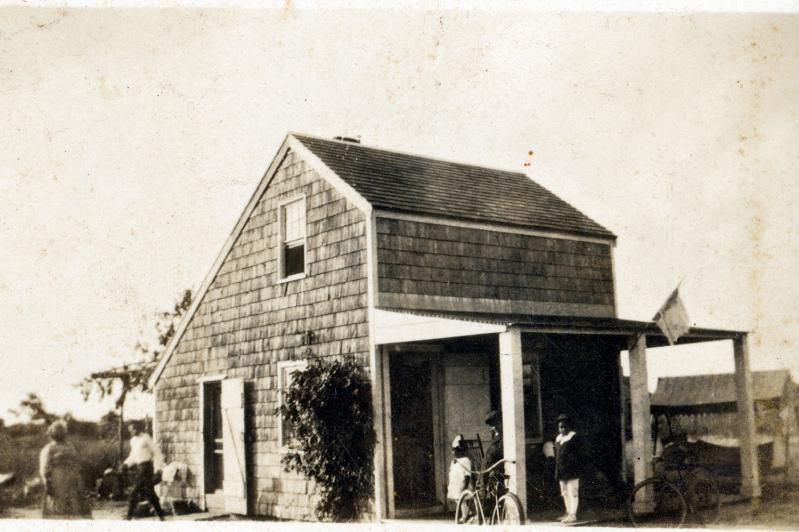Legislation introduced by Assemblyman Fred Thiele Jr. to restore state recognition of the Montaukett Indians was unanimously passed by the State Assembly last Thursday in a vote of 142-0.
After a court ruling a century ago, the Montauketts lost their status on the basis of a decision that declared them extinct. However, according to Mr. Thiele, "The Montaukett Indian Nation is alive and thriving."
This is not the first time he has attempted to pass legislation to acknowledge the Montauketts. In 2013, 2017, and 2018, Gov. Andrew M. Cuomo vetoed similar legislation, arguing that a tribe must follow a prescribed federal administrative process to obtain recognition rather than achieve it through setting up a costly duplicate process at the state level.
In 2017, the governor vetoed the bill on the grounds that he had "not completed his evaluation," he said at the time. Mr. Thiele then made his discontent clear, saying, "It is obvious that the Montaukett people, culture, and government are alive and well," and that the veto was "no better than the court decision that made recognition legislation necessary in the first place."
Following the federal recognition route can be lengthy and expensive. For example, the Shinnecock Indian Nation was granted recognition in October 2010 after a 40-year process.
In 1879, Arthur Benson purchased almost 10,000 acres of Montauk Point for $151,000, from the East Hampton Trustees, despite the fact that the land was already owned by the Montaukett tribe, according to the Matouwac Research Center, the indigenous research division of the Montaukett Indian Nation. The story goes that to secure full rights to the land, Mr. Benson schemed with Nathaniel Dominy, an East Hampton Town assessor, to remove the tribe from its land.
Mr. Thiele's latest push for recognition of the Montauketts is mirrored in the State Senate, where Senator Kenneth P. LaValle is sponsoring it. The bill is now with the Investigation and Government Operations Committee there.
After a court ruling a century ago, the Montauketts lost their status on the basis of a decision that declared them extinct. However, according to Mr. Thiele, "The Montaukett Indian Nation is alive and thriving."
This is not the first time he has attempted to pass legislation to acknowledge the Montauketts. In 2013, 2017, and 2018, Gov. Andrew M. Cuomo vetoed similar legislation, arguing that a tribe must follow a prescribed federal administrative process to obtain recognition rather than achieve it through setting up a costly duplicate process at the state level.
In 2017, the governor vetoed the bill on the grounds that he had "not completed his evaluation," he said at the time. Mr. Thiele then made his discontent clear, saying, "It is obvious that the Montaukett people, culture, and government are alive and well," and that the veto was "no better than the court decision that made recognition legislation necessary in the first place."
Following the federal recognition route can be lengthy and expensive. For example, the Shinnecock Indian Nation was granted recognition in October 2010 after a 40-year process.
In 1879, Arthur Benson purchased almost 10,000 acres of Montauk Point for $151,000, from the East Hampton Trustees, despite the fact that the land was already owned by the Montaukett tribe, according to the Matouwac Research Center, a Long Island-based website. The story goes that to secure full rights to the land, Mr. Benson schemed with Nathaniel Dominy, an East Hampton Town assessor, to remove the tribe from its land.
Mr. Thiele's latest push for recognition of the Montauketts is mirrored in the State Senate, where Senator Kenneth P. LaValle is sponsoring it. The bill is now with the Investigation and Government Operations Committee there.




